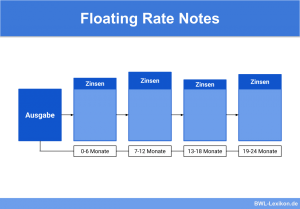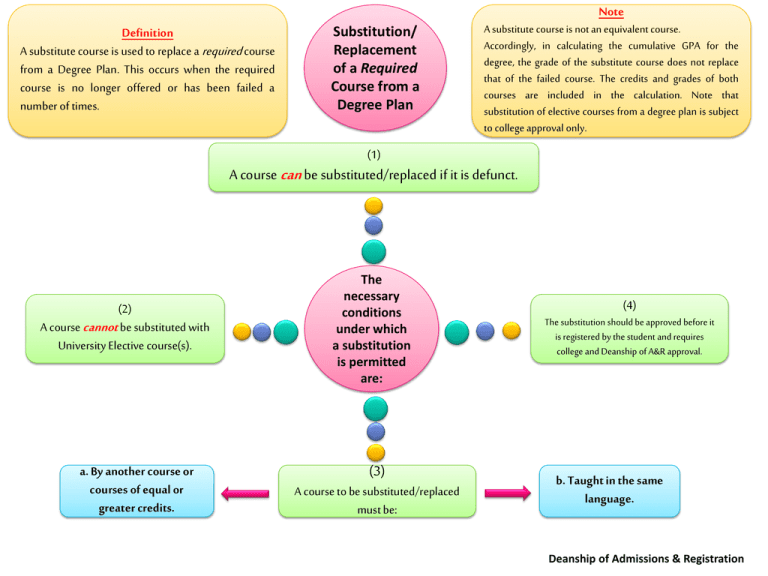

Series 1918 Denomination type set of 1918 Federal Reserve NotesĪ commercial bank that maintains a reserve account with the Federal Reserve can obtain notes from the Federal Reserve Bank in its district whenever it wishes. Series 1914 Denomination type set of 1914 Federal Reserve Notes (Note: differences in size may also involve in historical changes in the definition of the inch.) Each measurement is ± 0.08 inches (2.0 mm) to account for margins and cutting. Small size notes (described as such due to their size relative to the earlier large-size notes) are an average 6 + 1⁄ 8 by 2 + 5⁄ 8 inches (15.6 cm × 6.7 cm), the size of modern U.S. Modern measurements of these large size notes reveal an average dimension of 7 + 3⁄ 8 by 3 + 1⁄ 8 inches (18.7 cm × 7.9 cm). Per the Treasury Department Appropriation Bill of 1929, notes issued 1928 and earlier were 7 + 7⁄ 16 by 3 + 9⁄ 64 inches (18.9 cm × 8.0 cm) and later issues were to be 6 + 5⁄ 16 by 2 + 11⁄ 16 inches (16.0 cm × 6.8 cm), which allowed the Treasury Department to produce 12 notes per 16 + 1⁄ 4 by 13 + 1⁄ 4 inches (41 cm × 34 cm) sheet of paper that previously would yield 8 notes at the old size. Series 19 notes in the following two tables are from the National Numismatic Collection at the National Museum of American History ( Smithsonian Institution). The latter two denominations exist only in institutional collections. Denominations were $5, $10, $20, $50, and $100 printed first with a red seal and then continued with a blue seal. Series 1914 FRN were the first of two large-size issues. Modern Federal Reserve Note (blue) super-imposed on bottom left 1928-size note.

United States Note size change from large (gray) to small (green) with plate position letters. Present-day Federal Reserve Notes are not backed by convertibility to any specific commodity, but only by the collateral assets that Federal Reserve Banks post in order to obtain them. This system ended with the Nixon Shock of 1971. Under the Bretton Woods system, although citizens could not legally possess gold (except as rare coins, jewelry, for industrial purposes, etc.), the federal government continued to maintain a stable international gold price. The Emergency Banking Act of 1933 removed the gold obligation and authorized the Treasury to satisfy these redemption demands with current notes of equal face value (effectively making change). Although not issued by the United States Treasury, Federal Reserve Notes carry the (engraved) signature of the Treasurer of the United States and the United States Secretary of the Treasury.Īt the time of the Federal Reserve's creation, the law provided for notes to be redeemed to the Treasury in gold or "lawful money." The latter category was not explicitly defined, but included United States Notes, National Bank Notes, and certain other notes held by banks to meet reserve requirements, such as clearing certificates. Legally, they are liabilities of the Federal Reserve Banks and obligations of the United States government. The authority of the Federal Reserve Banks to issue notes comes from the Federal Reserve Act of 1913.

In view of its highly successful run, President Taft subsequently appointed a committee that reported favorably on the advantages and savings from adopting the dimensions of Philippine notes for use in the United States.įinal implementation of today's small-size format, however, only occurred in 1928. The latter dimensions originated from the size of the Philippine peso Silver Certificates issued in 1903 while William Howard Taft served as Philippine governor-general under the United States colonial administration.
/GettyImages-468954942-83ccb1b7d2c44da99267733d2d0d61a9.jpg)
From 1862 to 1913, a system of national banks was instituted by the 1863 National Banking Act.įederal Reserve Notes have been printed from Series 1914 in large-note format, and from Series 1928 in modern-day (small-note) format.
#Bank note definition free#
From 1837 to 1862, in the Free Banking Era, there was no formal central bank, and banks issued their own notes again. In 1816, the Second Bank of the United States was chartered its charter was not renewed in 1836, after President Andrew Jackson campaigned heavily for its disestablishment. was the First Bank of the United States, chartered in 1791 by Alexander Hamilton. The first institution with responsibilities of a central bank in the U.S. Prior to centralized banking, each commercial bank issued its own notes.


 0 kommentar(er)
0 kommentar(er)
